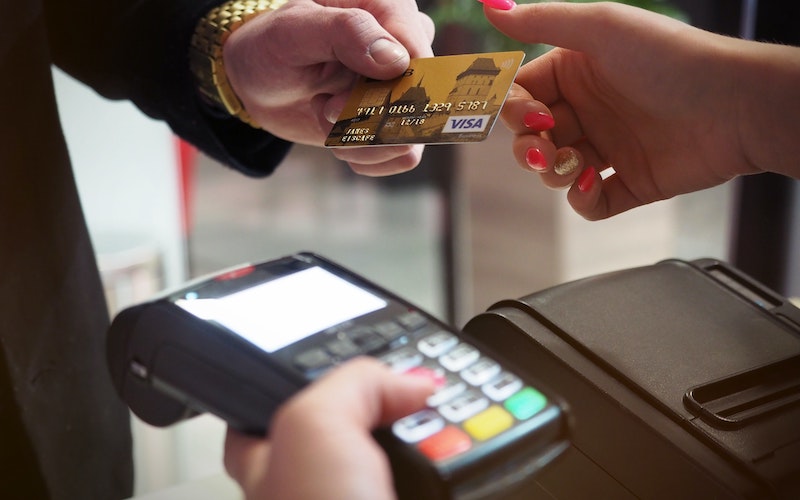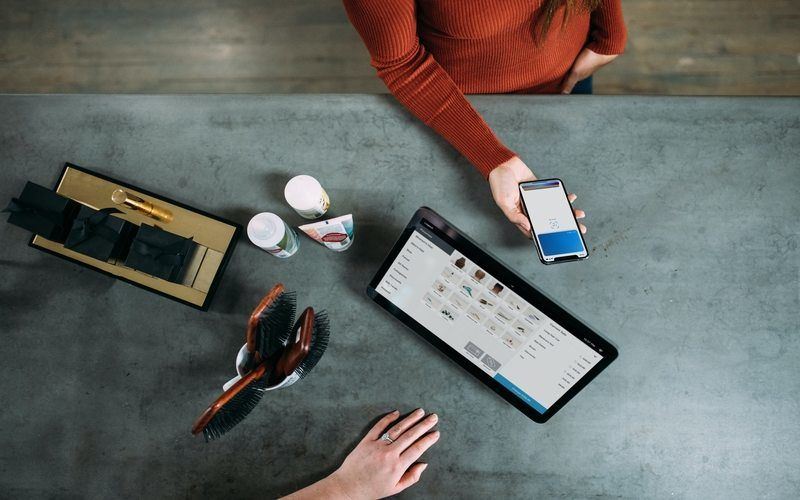According to Apple, the card “completely rethinks everything about the credit card”.
Cardholders will receive 2% cashback on Apple pay purchases, and 1% on other purchases, which will be available for use at the end of each day.
There are zero annual, foreign transaction or late payment fees.
Of course, the card isn’t exempt from interest rates – based on their creditworthiness, consumers can expect to pay a variable annual percentage rate (APR) between 12.99% and 23.99%.
As a benchmark, according to the US Federal Reserve, the average APR for a new credit card in the US is 16.91%.
First announced in March of this year, the card is backed by American bank Goldman Sachs and is also a part of Mastercard’s global payment network.
No details have been released regarding availability outside of America – Savings.com.au reached out to Apple for information regarding an Australian rollout but did not receive a response.
So how does it work?
Source: Apple
Apple announced on Tuesday that a selection of customers who opted-in to a ‘notify me’ list that opened earlier this year would be the first to experience the card.
As expected, Android users miss out, with the card only working through the iPhone in the cardholder’s iPhone ‘Wallet’ app.
Customers are able to request a physical titanium card if needed.
However, it’s the digital platform that sets the card apart from normal credit cards.
Users can access features that show how much interest they will pay, pinpoint where they made a purchase, and even see how much they’re spending on sectors of their life, like entertainment or food and drink.
Is it secure?
As with all credit cards and digital products, security is of paramount importance.
Apple has looked to alleviate consumers concern by stating it will never look at cardholders’ data.
Goldman Sachs essentially acts as the user’s bank and will have access to transaction data to check for fraudulent activity, but has vowed not to share or sell data to third parties.
Meanwhile, every time a transaction is made, a device number is required, along with a one-time dynamic security code, which is authorised via Touch or Face ID.
The physical card itself has no card number, security code or expiration date; all purchases are secured with chip technology.
Apple market performance
It’s easy to see why Apple is looking to diversify its product base, with research revealing the tech giant is now fourth for global smartphone makers.
The data from IHS Markit found for the second quarter of 2019, Apple sat behind Samsung, Huawei and Oppo, accounting for only 11% of the market.
Apple’s own results for the first three months of 2019 saw iPhone sales fall at their steepest ever rate of 17%, compared to the same period a year earlier.
It could be an uphill battle for Apple when it eventually enters the Australian credit card space; research from JD Power found the amount of Australians using only one credit card was 61% in 2019, up 5% from the previous year.



 Harrison Astbury
Harrison Astbury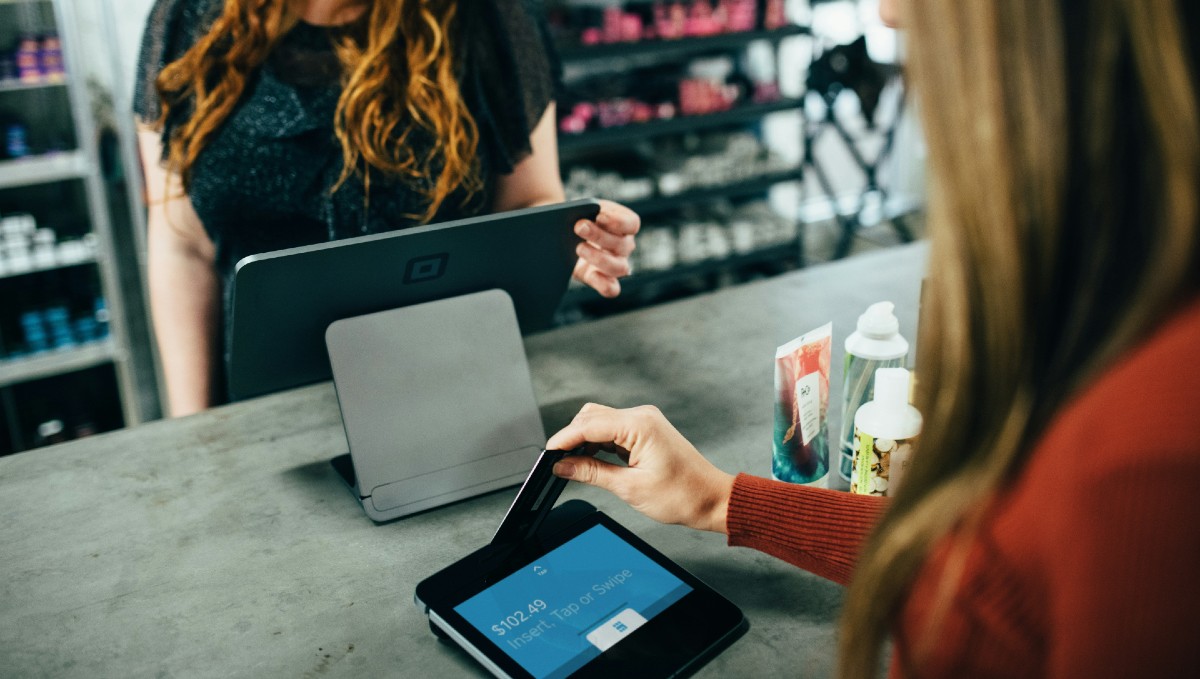
 Denise Raward
Denise Raward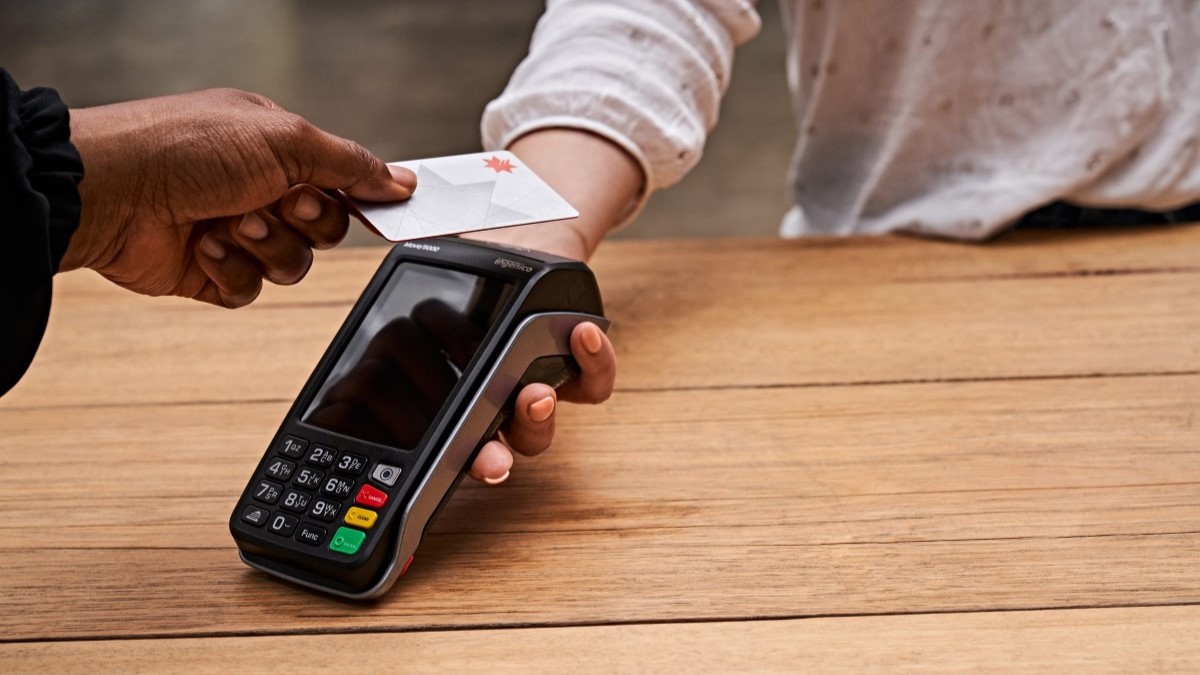
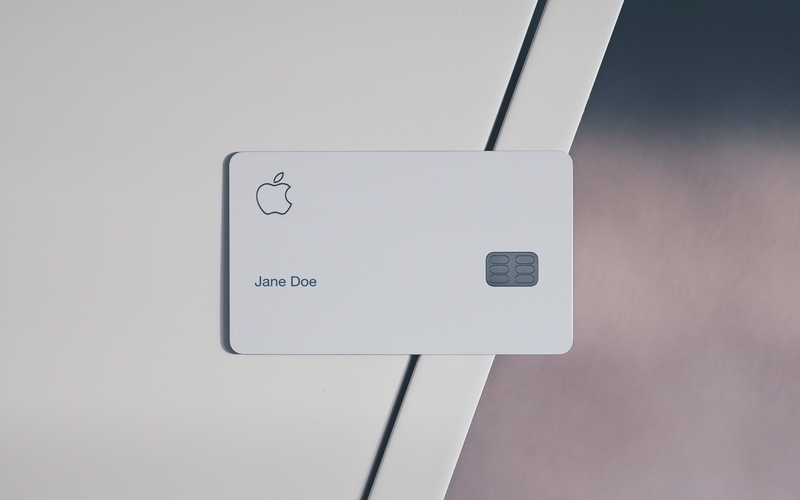
 William Jolly
William Jolly